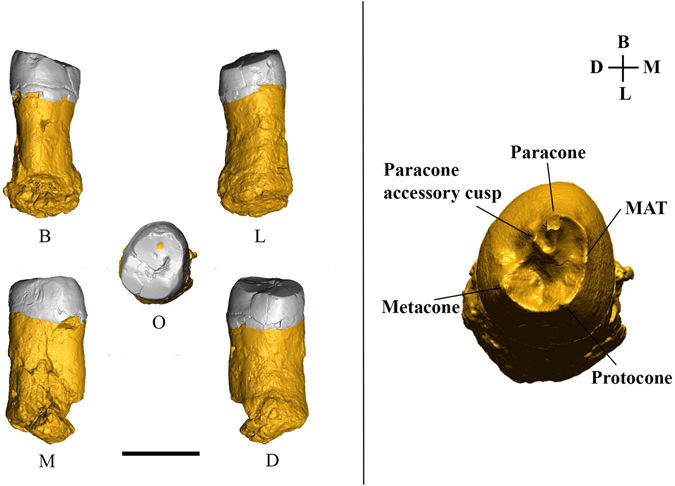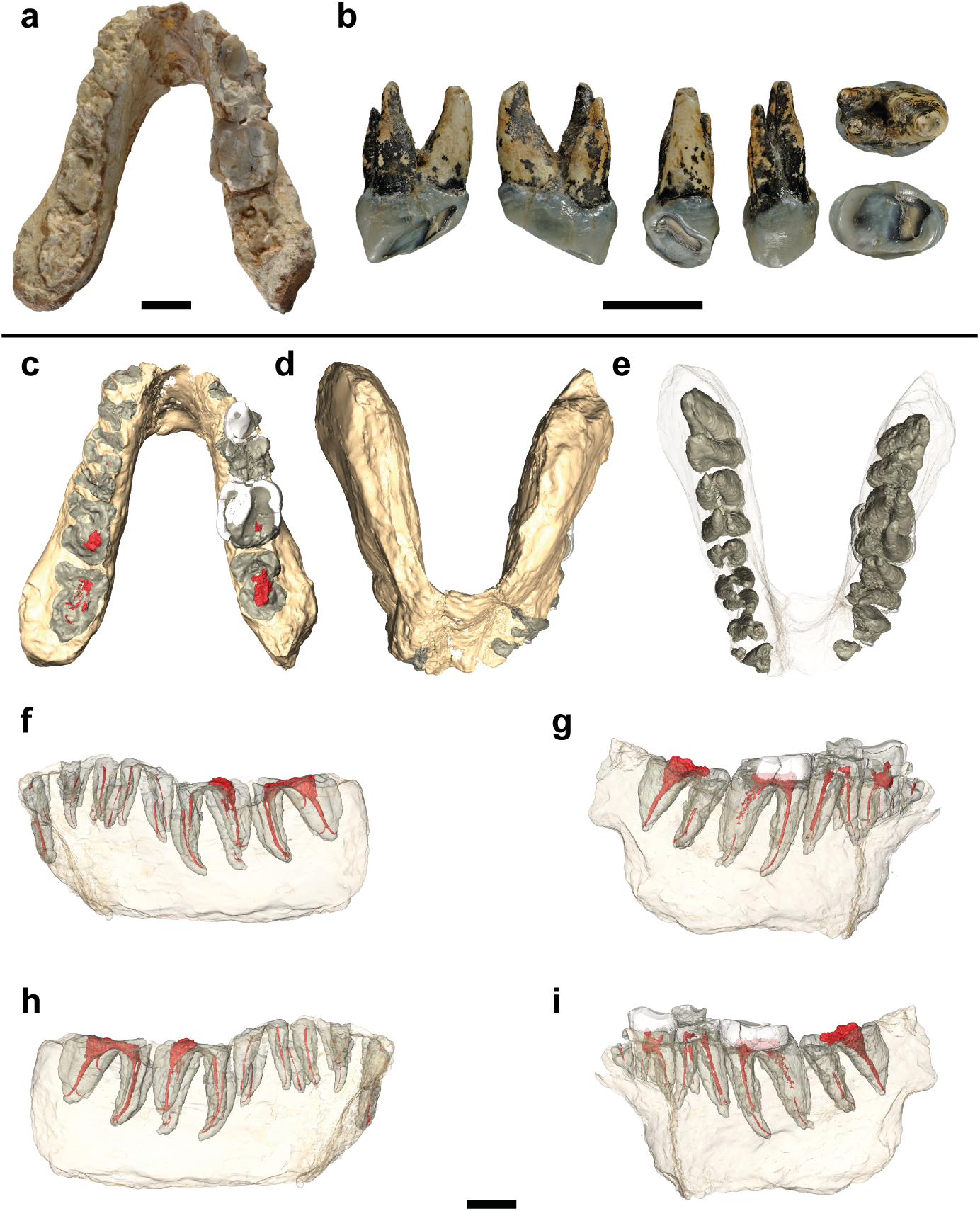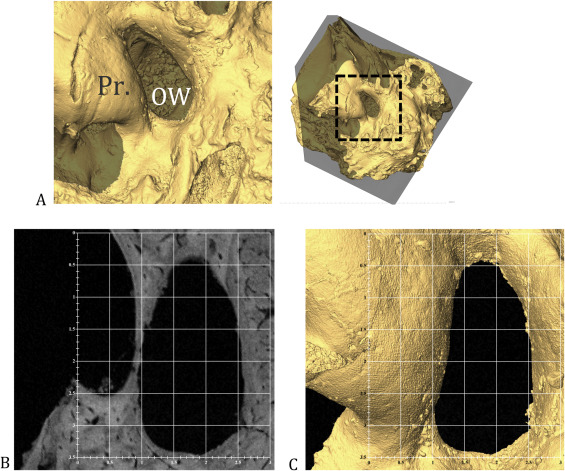Welcome to the Amira-Avizo Software Use Case Gallery
Below you will find a collection of use cases of our 3D data visualization and analysis software. These use cases include scientific publications, articles, papers, posters, presentations or even videos that show how Amira-Avizo Software is used to address various scientific and industrial research topics.
Use the Domain selector to filter by main application area, and use the Search box to enter keywords related to specific topics you are interested in.

The first Neanderthal remains from an open-air Middle Palaeolithic site in the Levant
The late Middle Palaeolithic (MP) settlement patterns in the Levant included the repeated use of caves and open landscape sites. The fossil record shows that two types of hominins occupied the region during this period—Neandertals and Homo sapiens. Until recently, diagnostic fossil remains were found only at cave sites. Because the two populations in this region left similar material cultural remains, it was impossible to attribute any open-air site to either species. In this study... Read more
Ella Been, Erella Hovers, Ravid Ekshtain, Ariel Malinski-Buller, Nuha Agha, Alon Barash, Daniella E. Bar-Yosef Mayer, Stefano Benazzi, Jean-Jacques Hublin, Lihi Levin, Noam Greenbaum, Netta Mitki, Gregorio Oxilia, Naomi Porat, Joel Roskin, Michalle Soudack, Reuven Yeshurun, Ruth Shahack-Gross, Nadav Nir, Mareike C. Stahlschmidt, Yoel Rak & Omry Barzilai

Potential hominin affinities of Graecopithecus from the Late Miocene of Europe
The split of our own clade from the Panini is undocumented in the fossil record. To fill this gap we investigated the dentognathic morphology of Graecopithecus freybergi from Pyrgos Vassilissis (Greece) and cf. Graecopithecus sp. from Azmaka (Bulgaria), using new μCT and 3D reconstructions of the two known specimens. Pyrgos Vassilissis and Azmaka are currently dated to the early Messinian at 7.175 Ma and 7.24 Ma. Mainly based on its external preservation and the previou... Read more
Jochen Fuss, Nikolai Spassov, David R. Begun, Madelaine Böhme

Echoes from the past: New insights into the early hominin cochlea from a phylo-morphometric approach
Investigation on cochlear variation, an indirect evidence of auditory capacities among early hominins and extant catarrhine species, in order to assess (i) the phylogenetic signal of relative external cochlear length (RECL) and oval window area (OWA), the evolutionary model with the highest probability of explaining our observed data, some hominin ancestral nodes for RECL and OWA. RECL has a high phylogenetic signal under a Brownian motion model, and is closely correlated with body mass. Our... Read more
José Braga, Priscille Bouvier, Jordan Romeyer Dherbey, Patricia Balaresque, Laurent Risser , Jean-Michel Loubes , Jean Dumoncel , Benjamin Duployer , Christophe Tenailleau